- 74 Mount Street, Heidelberg, VIC, 3084
- Monday to Friday: 9am to 5pm
Hearing Protection at Work
-
DWM Audiology > Hearing Protection at Work
Noise control management
An employer is required to provide a noise control management strategy for employees in high levels of industrial noise. This is defined as an environment where the noise reaches or exceeds 85 dBA LAeq8h (evaluated by a qualified assessor using a sound level meter).
A noise control management strategy should include:
- an attempt to reduce the noise levels
- information and training on noise management to minimise risk of hearing injury
- hearing protection (in the form of ear plugs and/or ear muffs)
- a hearing screening test as soon as possible after starting the job and then every 2 years
What are the noise dose limits?
Under the model Work Health and Safety (WHS) regulations 2019, cited in the Safe Work Australia “Managing noise and preventing hearing loss at work” Code of Practice July 2020, employers are required to ensure that employees are not exposed to noise exceeding prescribed noise dose limits.
| dBA sound level | Duration per day |
| 97 | 30 minutes |
| 94 | 1 hour |
| 91 | 2 hours |
| 88 | 4 hours |
| 86 | 6 hours |
| 85 | 8 hours |
Hearing assessment for workplace needs
We provide a hearing screening test for workplace requirements, which is a basic test of hearing levels (hearing tests for adults). The test results will be explained to the employee, and a report sent to the employer, with a copy provided for the employee.
If the hearing screening test shows the presence of a hearing loss, or a drop in hearing levels compared to the last test, a full diagnostic hearing assessment is required. As WorkSafe Victoria accredited audiologists, we are able to carry this out, and will provide a detailed report subsequently.
A noise induced hearing loss is the most common cause of tinnitus (noises heard in the ears).
Hearing protection
For employees with normal hearing, there is a variety of hearing protection available in the form of ear plugs or ear muffs. They vary in the amount of protection provided, which should be matched to the noise dose in the workplace. Ear plugs need to fit correctly to be effective. Our clinic provides a range of custom made ear plugs to fit the unique shape of each person’s ear. These include solid silicon rubber plugs, or silicon “flat attenuation” plugs.
If the noise hazard is moderate (up to 100 to 105 dB leq 8), we can provide “flat attenuation” hearing protection in the form of a custom moulded earplug with an acoustic filter. They are designed to be worn all day and provide a baseline level of protection. Additional protection from ear muffs can be added as required when exposed to higher noise levels. They allow easier communication once in place compared to solid earplugs, are easy to fit correctly, have a long life and are very comfortable to wear.
For employees with a hearing loss, there are safety issues in the workplace to consider. The use of conventional ear muffs and solid ear plugs will result in reduced understanding of speech and reduced awareness of warning signals. Depending on the total noise dose the employee is experiencing, either active noise reduction (ANR) ear muffs or flat attenuation custom ear plugs are recommended.
Hearing protection supply companies have a range of ear muffs fitted with active noise reduction (ANR) electronics. These are designed to electronically amplify certain sounds, such as voices and warning signals, in a noisy environment. However, they are heavier and cost significantly more than conventional ear muffs.
WorkSafe Victoria entitlement
An employee is entitled to submit a WorkSafe claim for a noise induced hearing injury. To obtain financial compensation, as well as hearing rehabilitation, the Binaural Percentage Loss of Hearing needs to equal or exceed 10%. Below 10%, assistance in hearing rehabilitation is available.
Hearing rehabilitation involves identifying the person’s hearing needs and determining how they can best be met. This includes hearing aid fitting and/or assistive listening devices, as needed.
An Ear, Nose and Throat Specialist opinion is needed to determine the percentage of a hearing loss that is related to noise damage. Deductions can also made if part of the hearing loss is caused by conditions other than noise exposure.
Hearing rehabilitation following a successful WorkSafe Victoria claim includes:
- Following a hearing assessment, we advise whether hearing aids are required and will give a recommendation for the type of hearing aids most suitable for the person’s hearing loss and communication needs. The hearing aids will be provided and fitted once we have obtained approval from the WorkSafe Victoria insurance company.
- all hearing aid maintenance costs, such as battery provision and repair costs
- regular hearing re-assessment
- replacement of hearing aids for the remainder of the person’s life, whether they are still in the workplace or have retired.
- provision of assistive listening devices, both at home and in the workplace. Assistive listening devices are available for the telephone, television, doorbells and alarms and can be used either instead of hearing aids or in addition to hearing aids.
- provision of devices to support any safety problems that may occur as a result of the hearing loss, such as active noise reduction (ANR) ear muffs, flat attenuation custom ear plugs and supplementary visual warning signals.
- provision of acoustically treated meeting areas with low noise and low reverberation (echo) may be required in the workplace.
Book an Appointment
Our Services
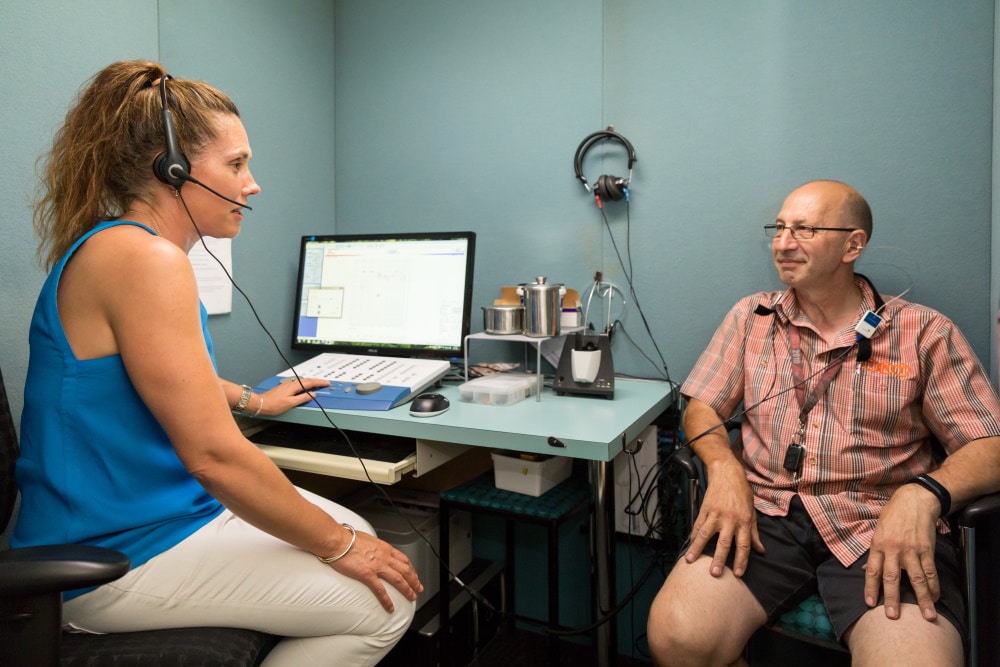
Hearing Tests for Adults
A reduced capacity to communicate has a significant impact on relationships, career opportunities, social connection, independent living and quality of life.
Read More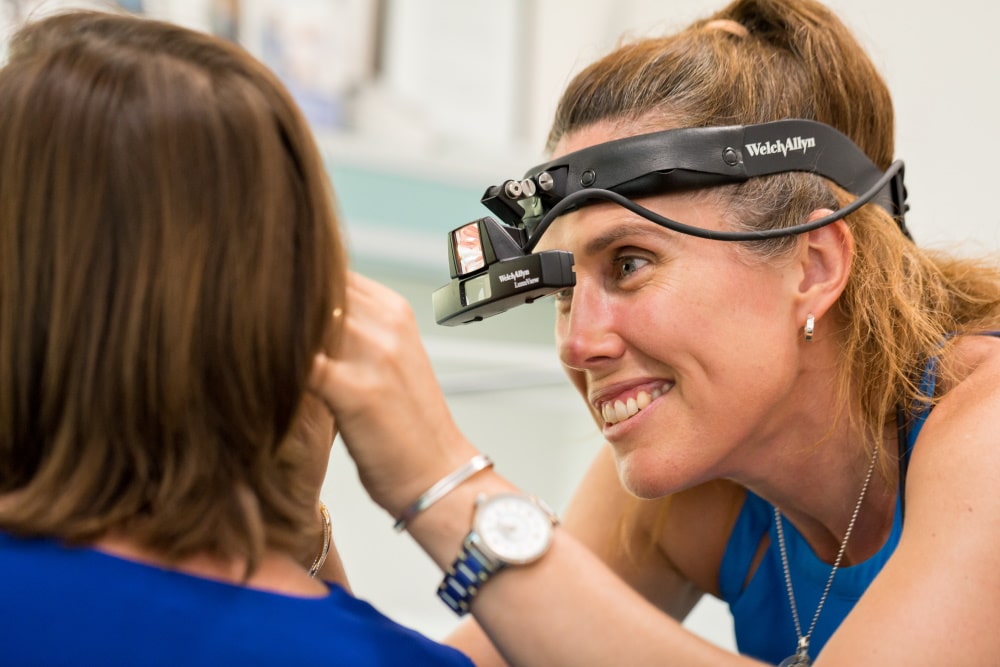
Do I Need A Hearing Aid?
We carry out a range of hearing tests that help determine whether you need a hearing aid.
Read More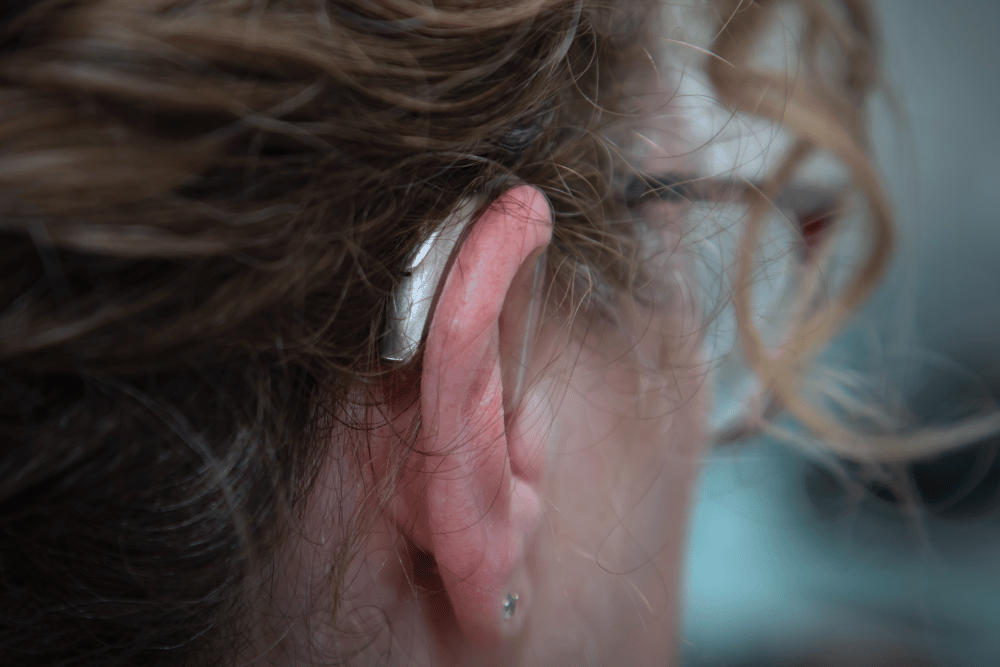
Choosing Hearing Aids
Hearing aids are available in three styles; BTE, RIC or are fully contained in the ear.
Read More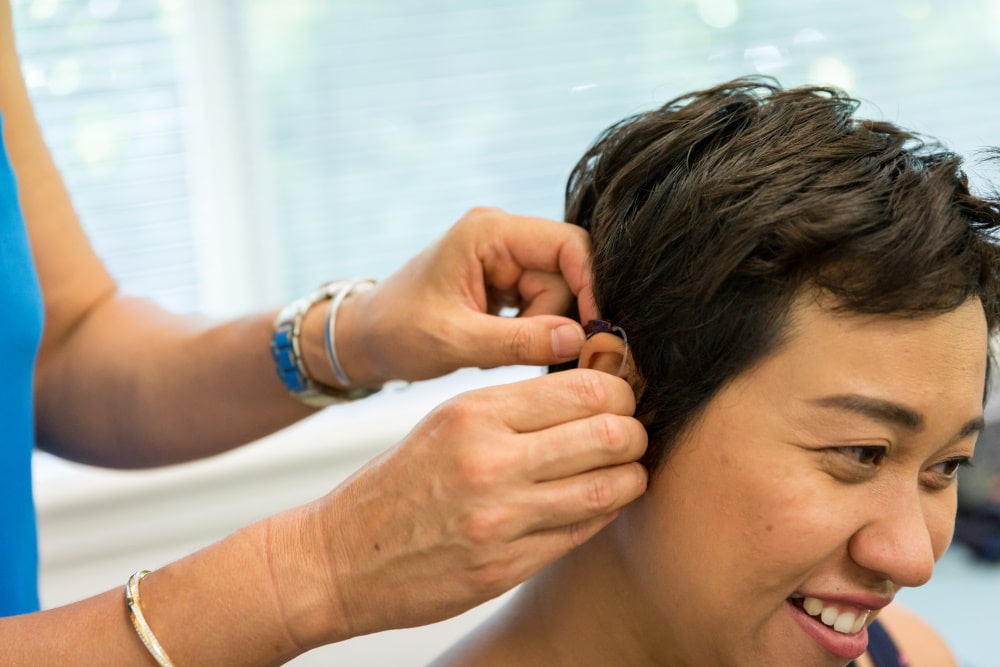
Getting Used To Hearing Aids
With new hearing aids your concept of “normal” hearing will need to be relearnt.
Read More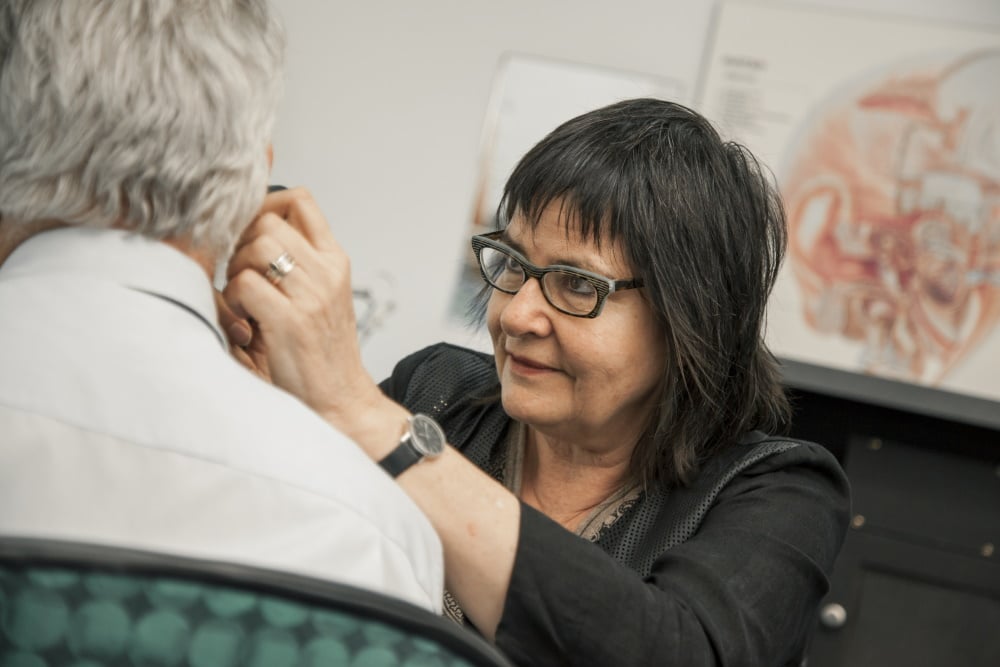
Fine-Tuning Hearing Aids
We have extensive training, experience and expertise in fine-tuning contemporary hearing aids to individual communication needs.
Read More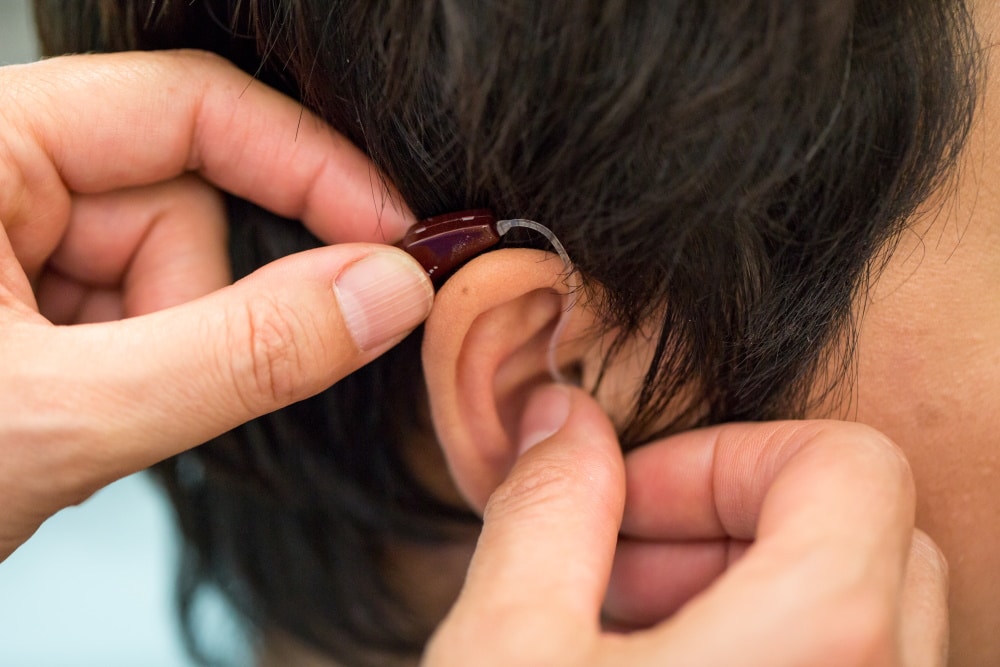
Hearing Aid Fittings
Your fitting package will include an instruction booklet and the accessories needed for maintenance and dehumidification
Read More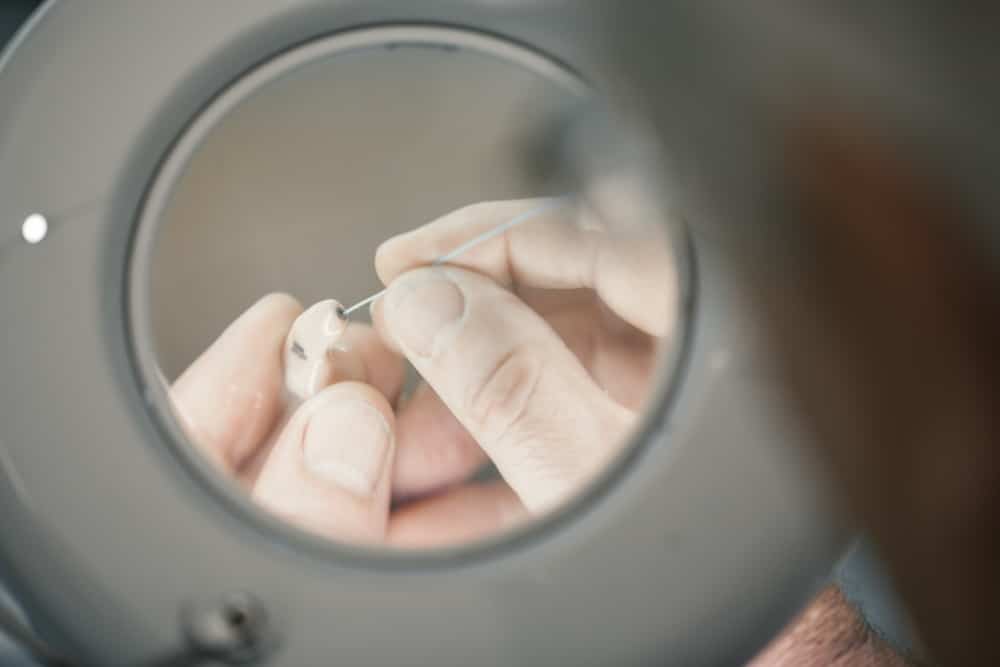
Hearing Aid Maintenance
To minimise the need for repairs and to preserve the life of your hearing aids, regular and thorough maintenance is essential.
Read More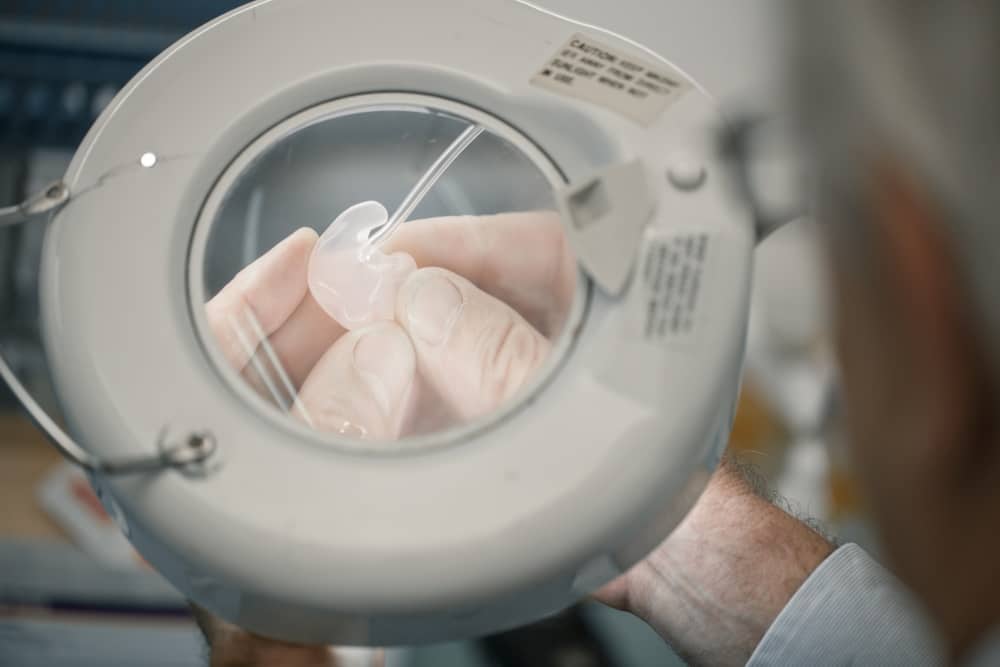
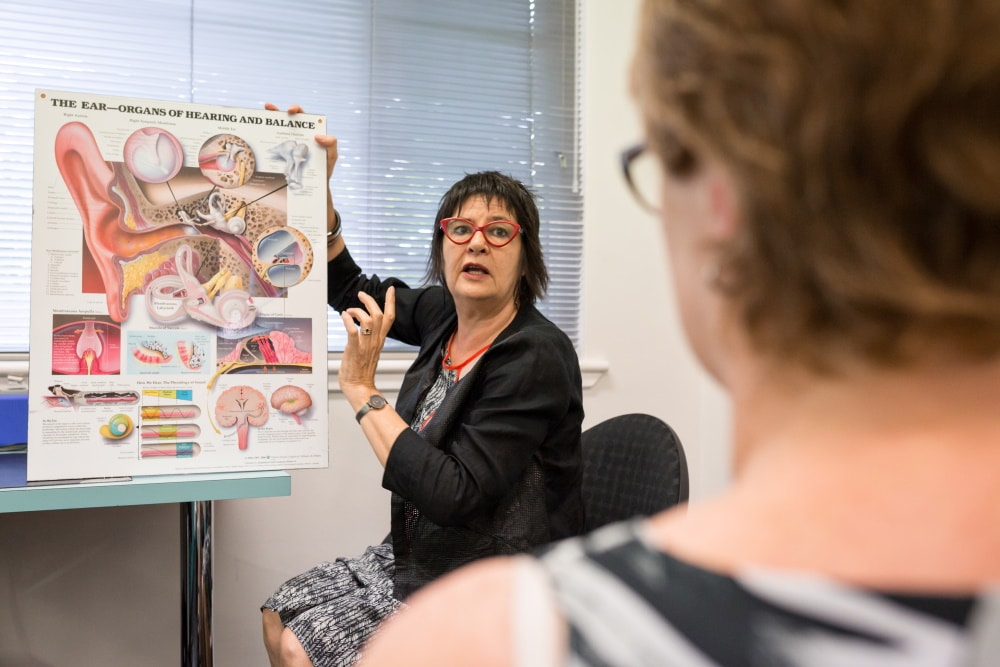
Hyperacusis & Misophonia
Both conditions have the potential to escalate, so that an increasing range of sounds become intolerable.
Read More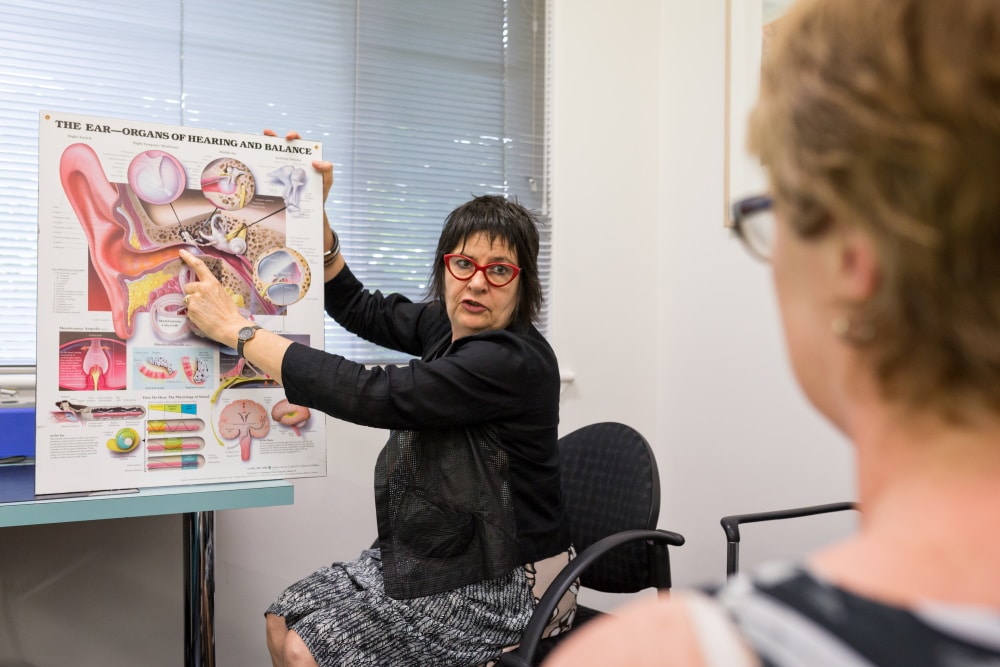

Misophonia
Misophonia is a strongly aversive response or abnormal sensitivity to certain specific sounds
Read More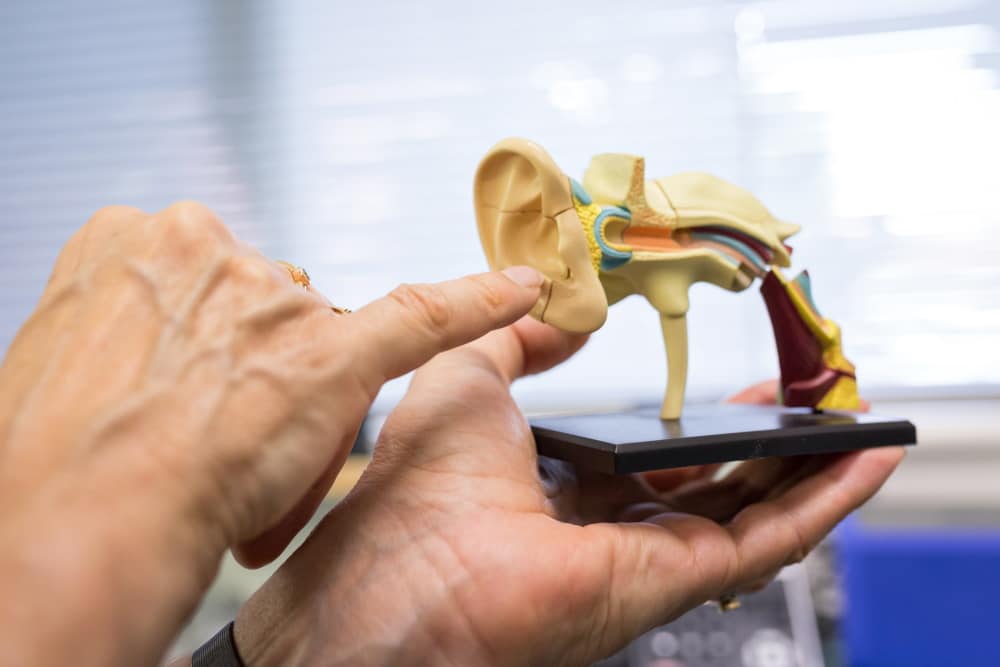
Tinnitus
Tinnitus is the term used to describe hearing any sounds which are not present externally.
Read More
Acoustic Shock
Acoustic shock is an involuntary fright/psychological trauma reaction to sudden, loud noises.
Read More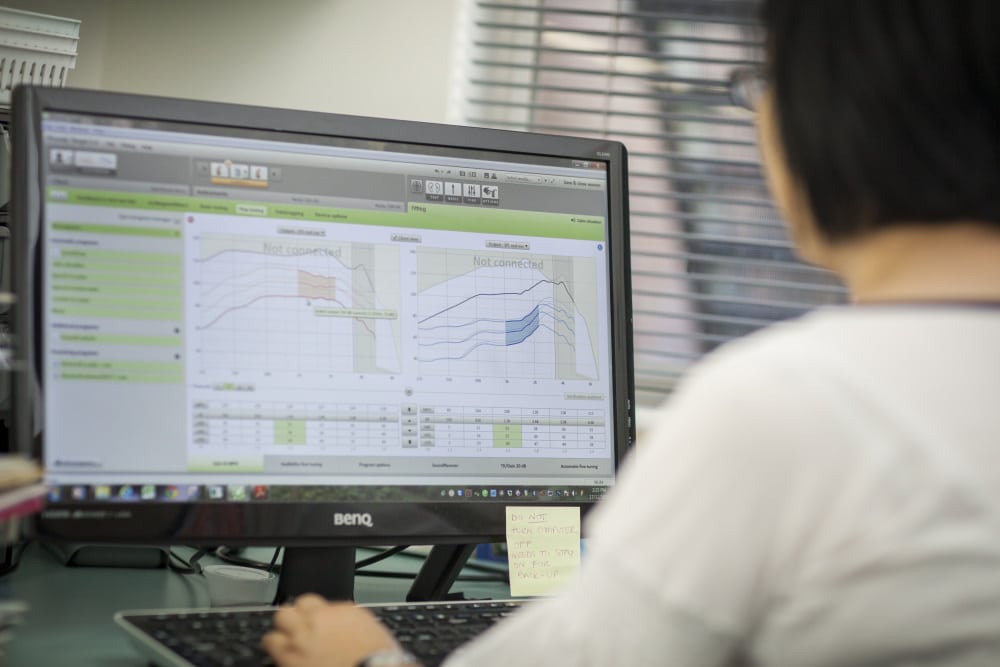
Auditory Processing
A Central Auditory Processing Disorder (CAPD, sometimes called APD) occurs when this process is impaired.
Read More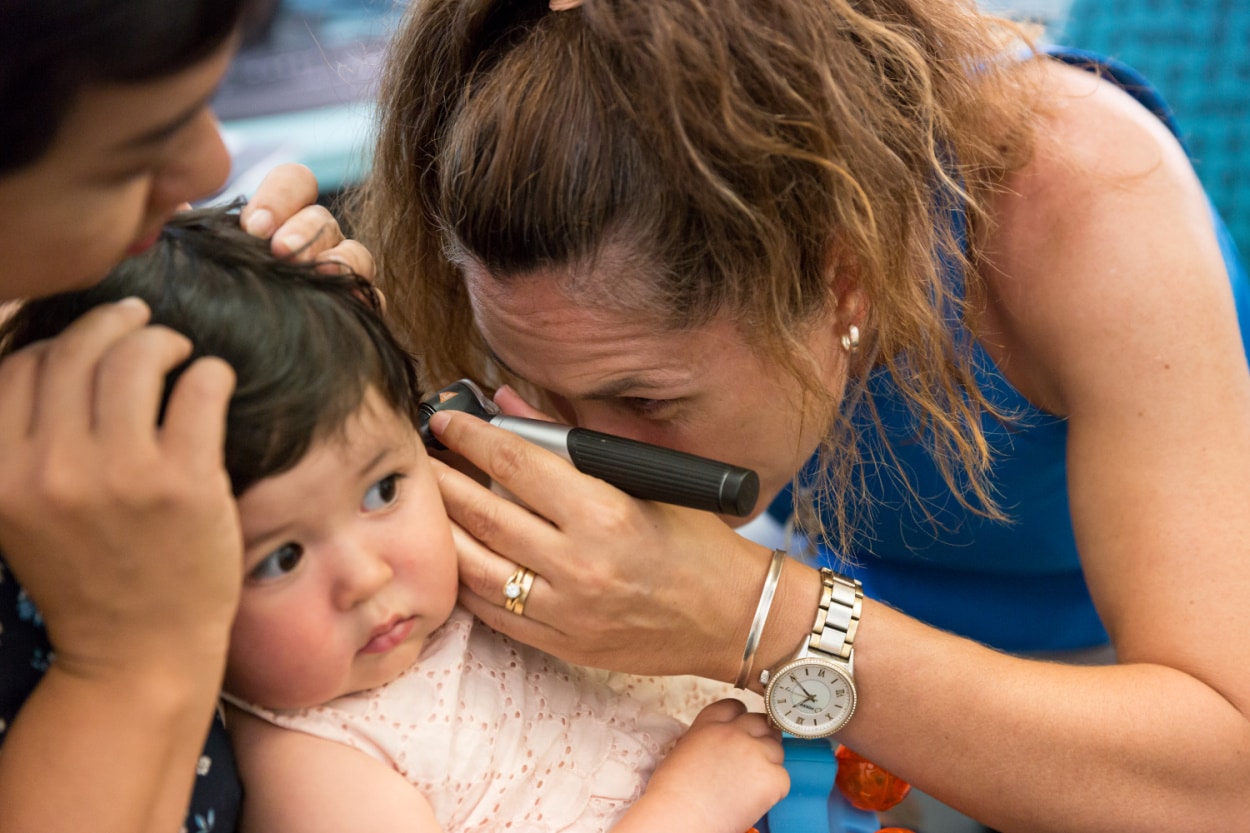
Hearing Tests for Kids
Hearing difficulties in school age children are known to have a significant impact on their social, behavioural and academic growth.
Read More
